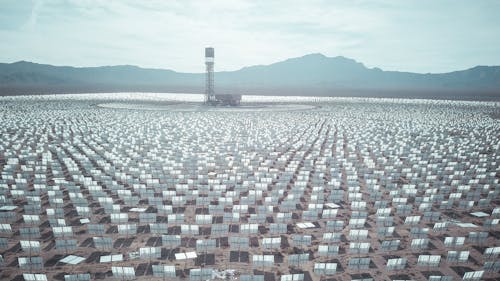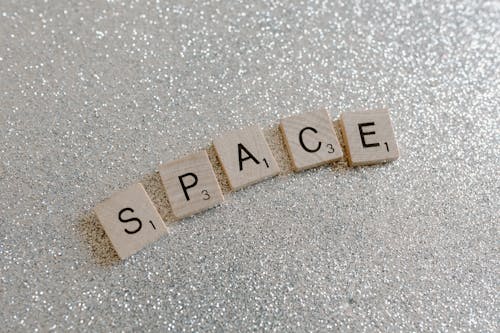What are the benefits of living on Mars?
There are a number of reasons to travel to Mars.
The first is the realization of an amazing dream! Sending a manned mission to Mars is a fantastic adventure. Imagine living on another planet, millions of miles from the Earth; looking up into the sky with the knowledge that one of the 'stars' is actually the planet you were born on. Who can even envision the incredible feeling of being the first human in history to step out of the capsule and leave your footprint on the surface of Mars? By this we implore you to not just think of that feeling for the astronaut, but the experience for all those watching back home. Those who observed Neil Armstrong land on the Moon all those years ago still remember every detail – where they were, who they were with and how they felt. The moment the first astronauts land on Mars will be our moment to remember.
A second reason is good, old-fashioned curiosity. Where did Mars come from? Can it teach us about Earth's history? Is there life on Mars? These are just three of the hundreds of burning questions for scientists all over the world.
Thirdly: progress. You could say that sending people to Mars is 'the next giant leap for mankind'. This mission will jumpstart massive developments in all kinds of areas, a few examples being in recycling, solar energy, food production and the advancement of medical technology.
source:INTERNET



Comments
Post a Comment